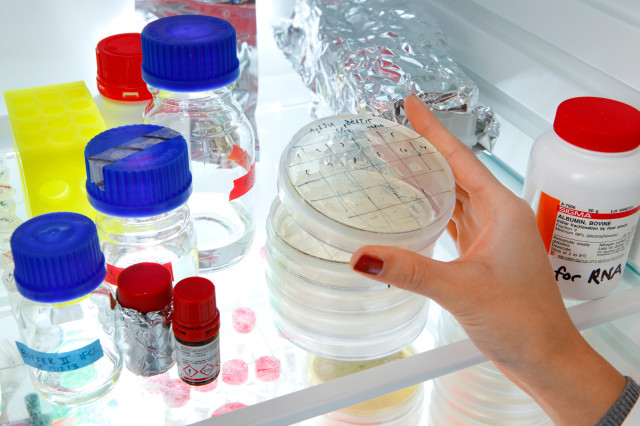This course introduces students to principles, techniques, and applications in proteomics. Students will learn the fundamentals of protein separation, identification, and quantification using mass spectrometry, as well as how these techniques can be applied in various areas such as medicine, biotechnology, and environmental science. The course will also cover data analysis and interpretation, as well as the integration of proteomics data with data obtained from other omics technologies. The sections included in the course are as follows:
- Introduction to proteomics
- Basic protein separation techniques and introduction to mass spectrometry
- Applied proteomics
- Protein identification and quantification
- Data analysis and integration with other omics technologies
- Biomarker identification and precision medicine
- Current challenges and future directions
The purpose of the course is to provide students with an introduction to current methods, challenges, and applications in the field of proteomics, with a focus on mass spectrometry-based analysis methods. Upon completion of the course, students should have a deep understanding of various advanced methods in the field of mass spectrometry-based proteomics and methods for protein analysis in complex systems. Students should be able to describe the principles behind these techniques and their specific applications in the field of biotechnology. Upon completion of the course, students should be able to:
1.Analyze and evaluate results from proteomics technologies (TEN1, LAB1)
- Critically assess the principles, strengths, and limitations of different proteomics technologies.
- Identify and discuss experimental design and data analysis with a focus on protein quantification.
2.Actively participate in scientific discussions within the field of Proteomics
- Engage in scientific discussions about proteomics technologies and their applications in life science. • Critically evaluate scientific results from proteomics experiments (TEN1, LAB1).
3.Analyze and interpret proteomics data from scientific articles and experimental studies.
- Assess and review research findings and subsequently analyze their reliability and relevance based on relevant statistical methods.
